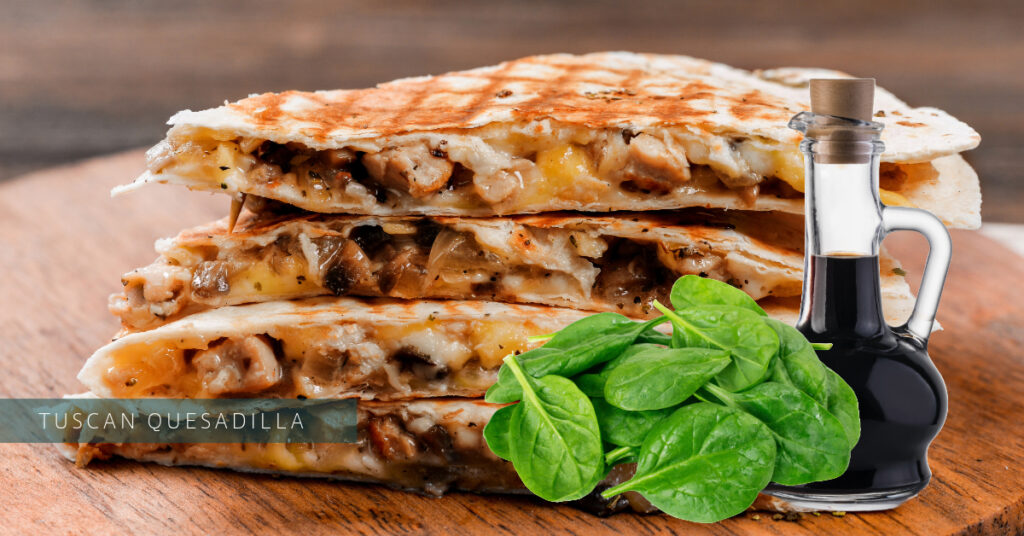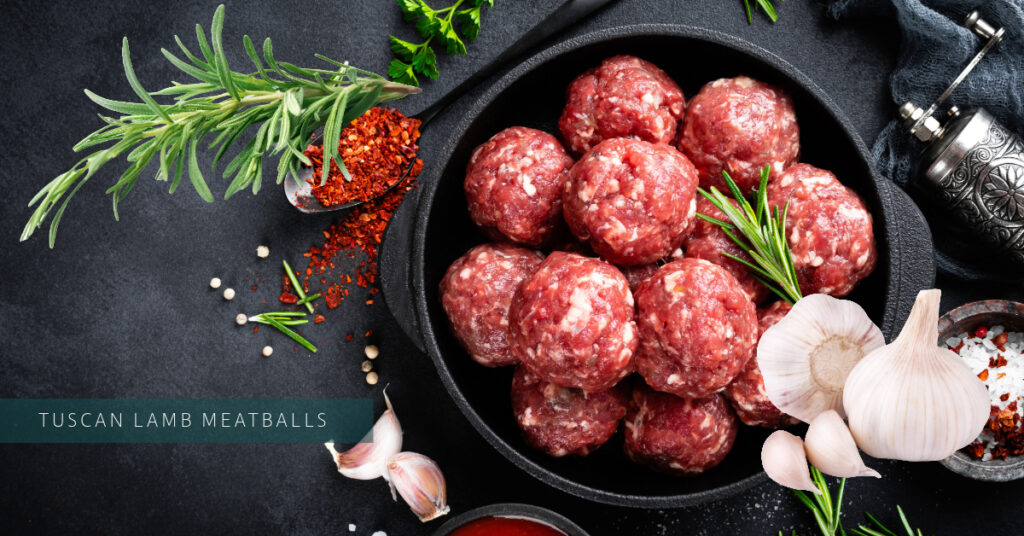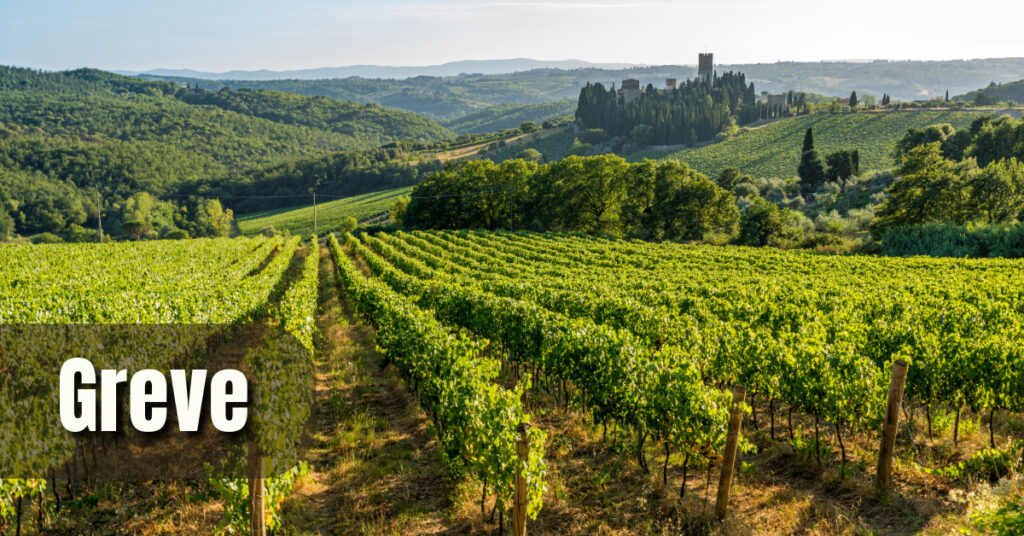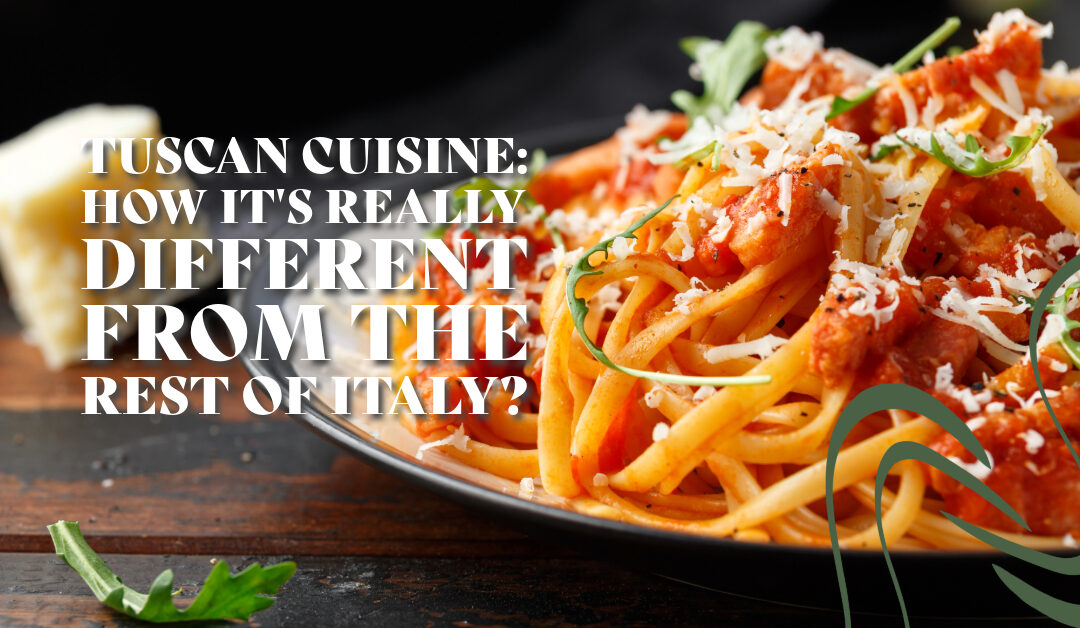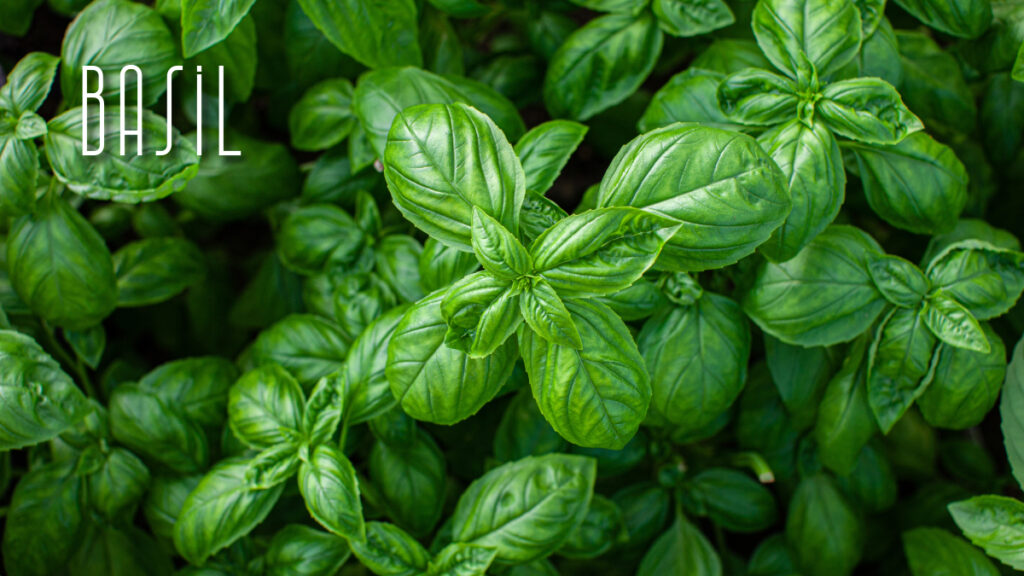
The Enchanting Elixir of Modena
Welcome, culinary adventurers and flavor enthusiasts, to a tale as rich and layered as the subject of our story today: Balsamic Vinegar. This isn’t just any vinegar; it’s the black gold of Modena, a potion of gastronomy that has been gracing tables and tantalizing taste buds for centuries. So, pour yourself a glass of Chianti, sit back, and let’s unravel the history, mystery, and culinary magic of Italy’s liquid treasure.
The Birth of Balsamic: A Sweet Beginning
Our journey begins in the lush landscapes of Modena, Italy, where the Trebbiano grapes hang heavy on the vines, whispering secrets of the past. The story of balsamic vinegar is as old as the hills of Emilia-Romagna, dating back to the Roman Empire when grape juice was boiled down to create a sweet syrup known as “saba”1. This syrup wasn’t just a sweetener; it was a preserver of fruits and a harbinger of what was to come.

From Saba to Balsamico: The Evolution of Elegance
As time marched on, saba slowly transformed into something more—something balsamic. The term “balsamic” itself comes from the Latin “balsamum,” meaning “restorative” or “curative”. It was the elixir of the apothecaries, believed to soothe sore throats, ease labor pains, and even disinfect during the Middle Ages. But it wasn’t until the noble House of Este got their hands on it that balsamic vinegar became the symbol of luxury and sophistication we know today.

Barrels and Basements: The Artisanal Alchemy
True balsamic vinegar, Aceto Balsamico Tradizionale, is crafted from the reduction of pressed Trebbiano and Lambrusco grapes. This thick syrup, or “mosto cotto,” is then aged like a fine wine in a series of wooden barrels, each imparting its own character and complexity to the vinegar. The process is a slow dance of time and tradition, with some varieties aging for over 25 years, developing flavors that are as deep and complex as the history they come from.

A Taste of Time: The Flavor Profile of Patience
Imagine a flavor that encapsulates the essence of sweet and sour, with a velvety texture that glides across the palate like silk. That’s balsamic vinegar for you. It’s the drop of divinity that can elevate a simple salad to a gourmet experience or transform strawberries into a dessert for the gods. It’s not just a condiment; it’s a culinary experience, a taste of time itself.
Balsamic Today: From Modena to the World
Today, balsamic vinegar has transcended its Italian roots to become a global sensation. It’s drizzled over pizzas in New York, added to marinades in Melbourne, and even finds its way into cocktails in Tokyo. The world has embraced balsamic vinegar, not just for its taste but for the tradition and craftsmanship it represents.

So there you have it, folks—the story of balsamic vinegar, a journey from ancient Rome to your kitchen table. It’s more than just a bottle on your shelf; it’s a narrative of history, art, and flavor. Next time you uncork a bottle of balsamic vinegar, remember the centuries of tradition poured into every drop. Salute!
As we drizzle the final drops of our balsamic journey, let’s raise our glasses to a modern-day maestro of Tuscan cuisine, Chef Damiano. Chef Damiano embraces the essence of Tuscany as he celebrates it with every dish crafted and every table set.
Imagine a private dining experience where the rustic charm of Italy meets the comfort of your vacation home here in Destin, Miramar Beach, or 30A! Chef Damiano brings the soul of Tuscany to your doorstep, transforming your kitchen into a Tuscan trattoria. From the rolling hills of Chianti to the vibrant streets of Florence, every bite is a journey—a journey you can embark upon by visiting ChefDamiano.com.
Buon appetito, and here’s to the stories yet to be savored!
Buon Cibo. Buon Vino. Buon Amici.
Spending time with friends around the dinner table creates magical moments in our lives. In Italy, this is a way of life! Book a memorable dinner event for you, your family, and your friends!



